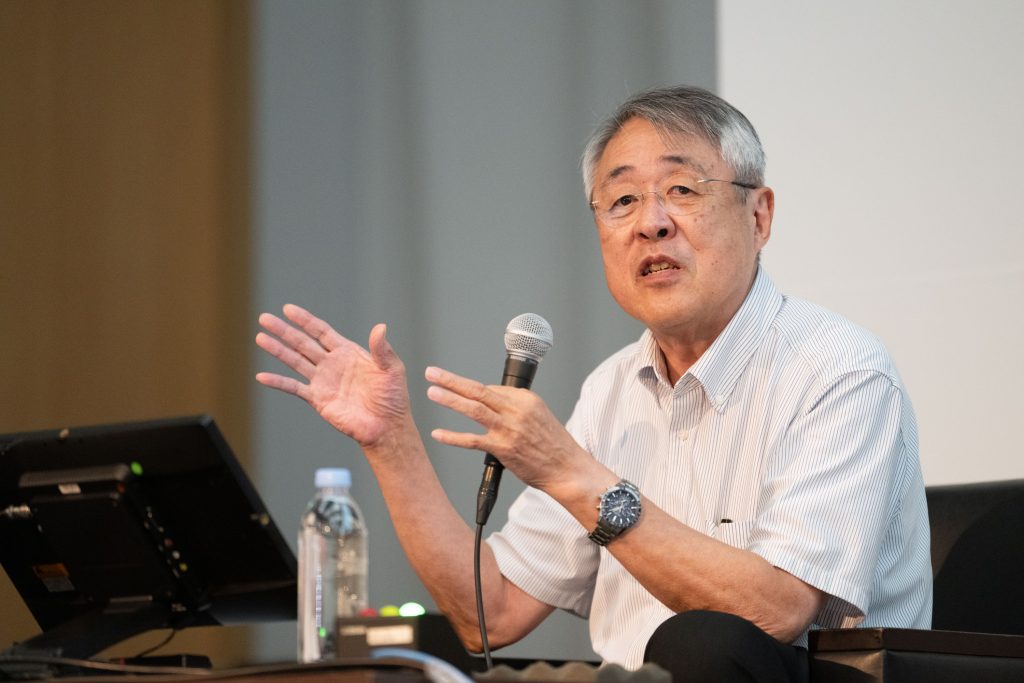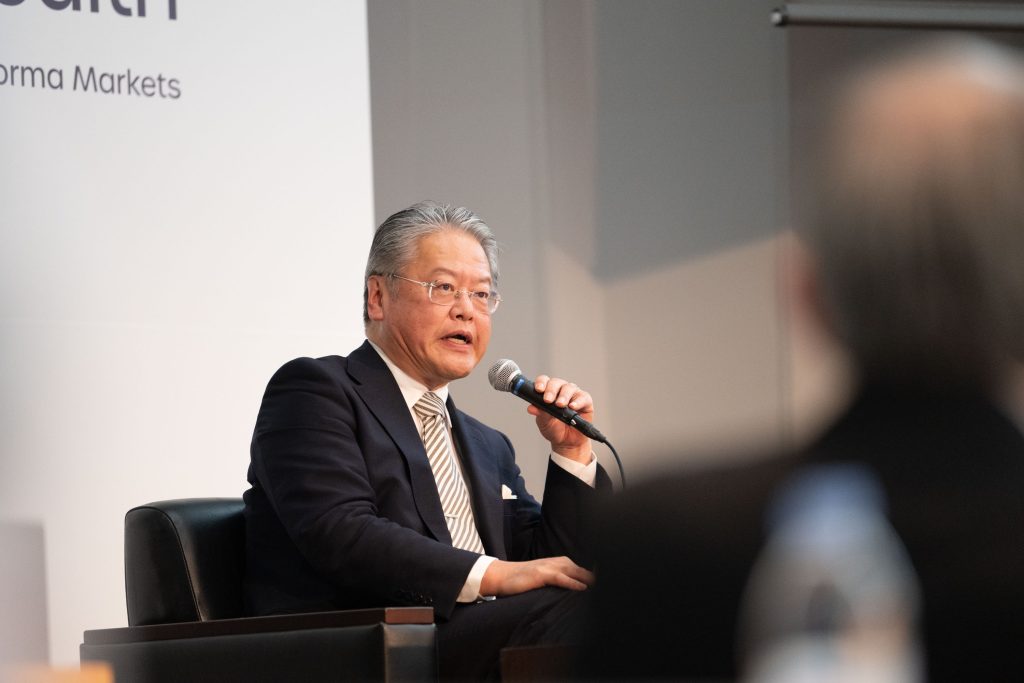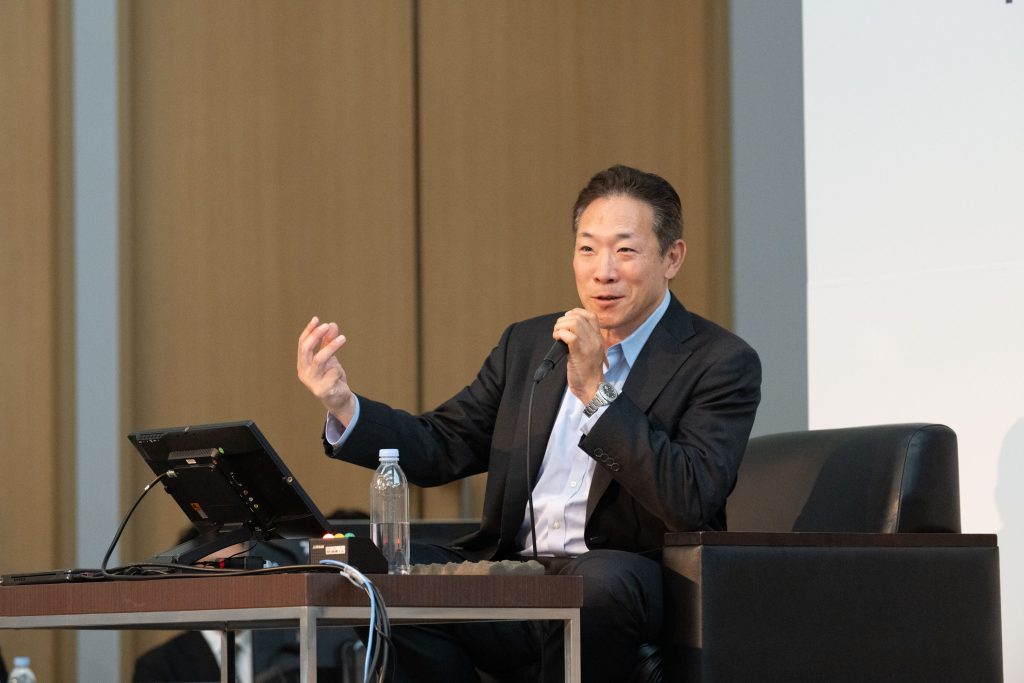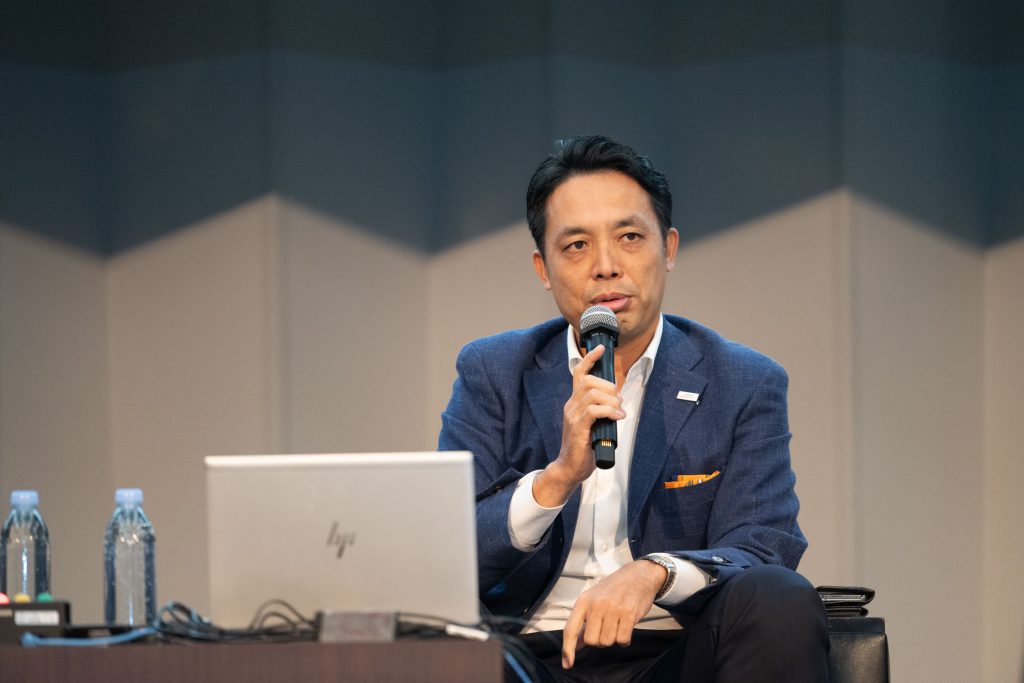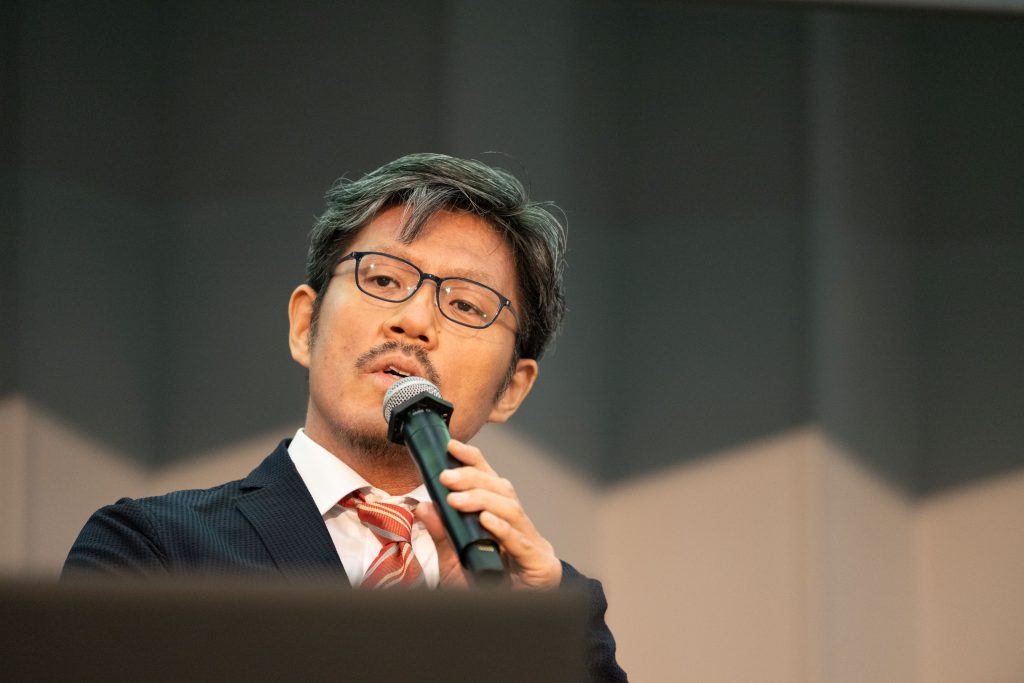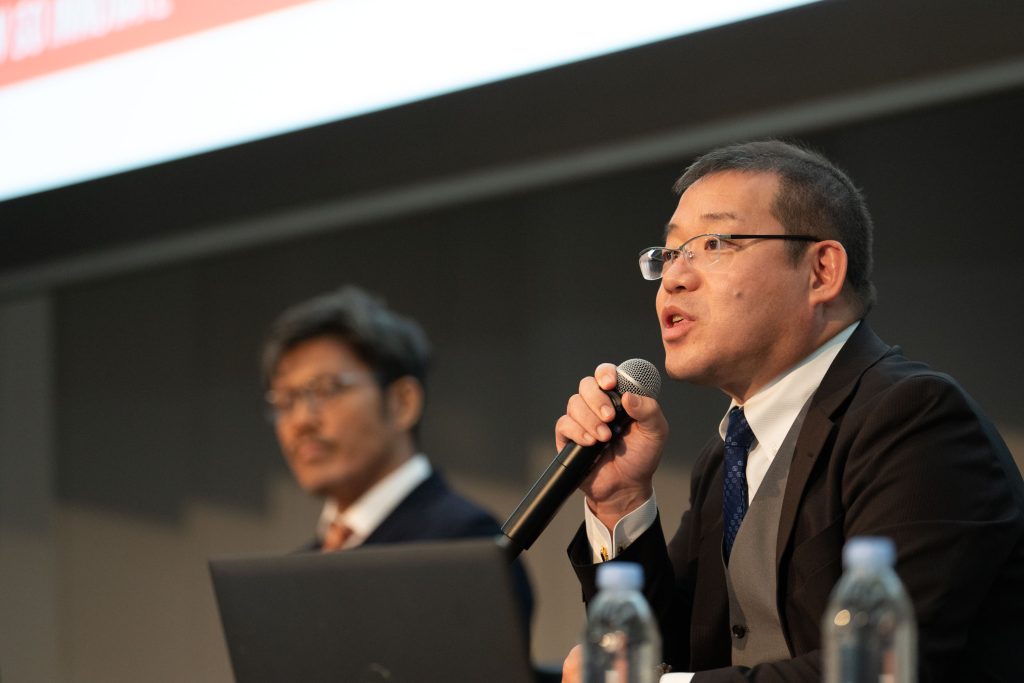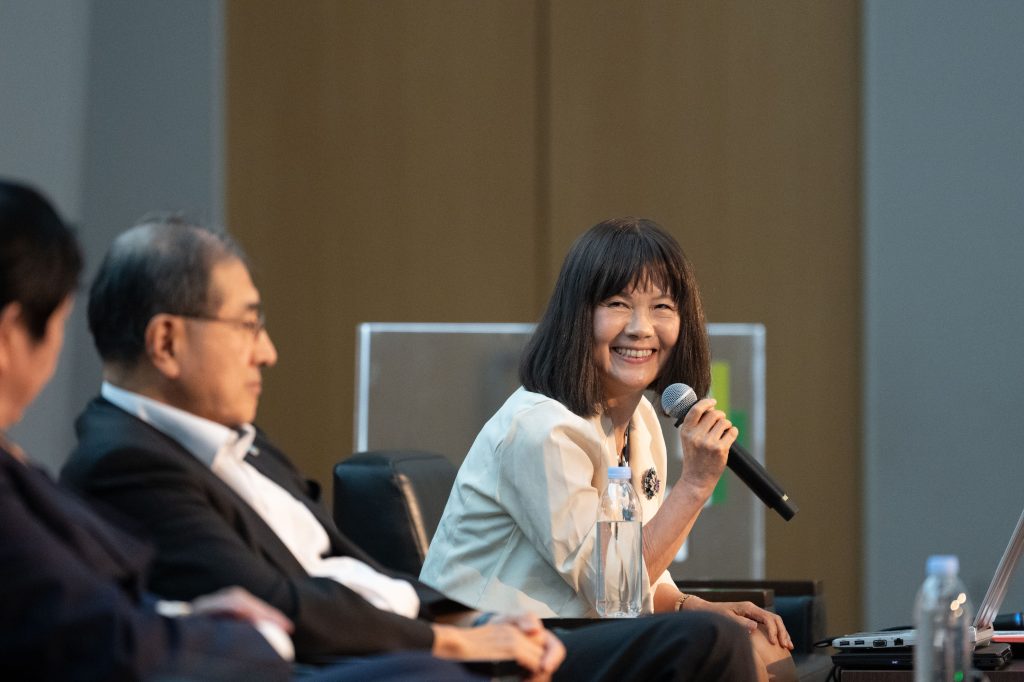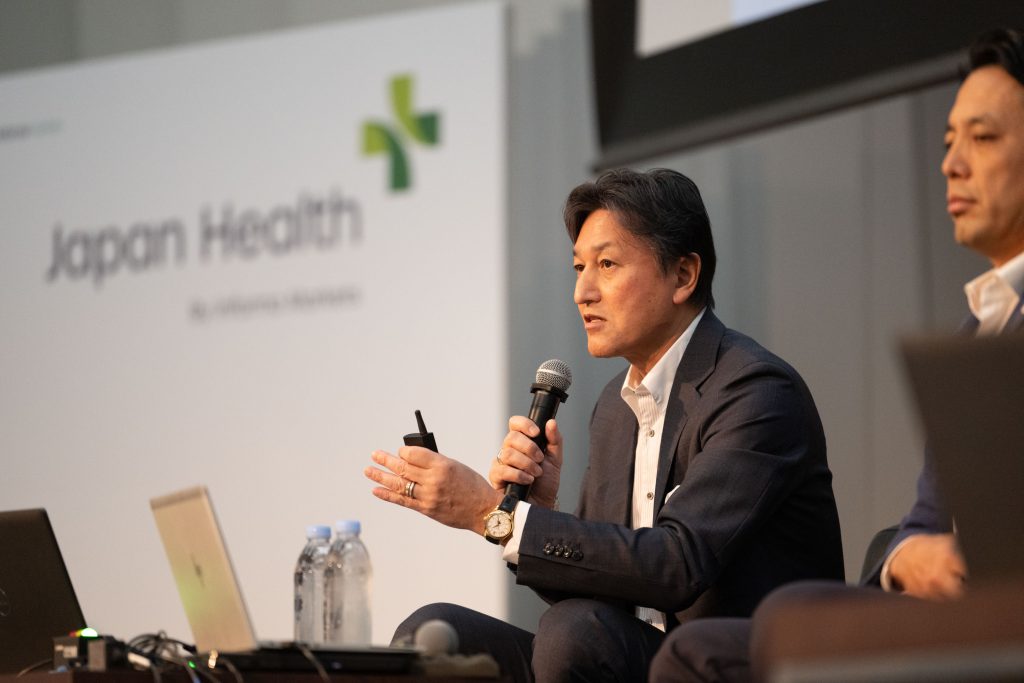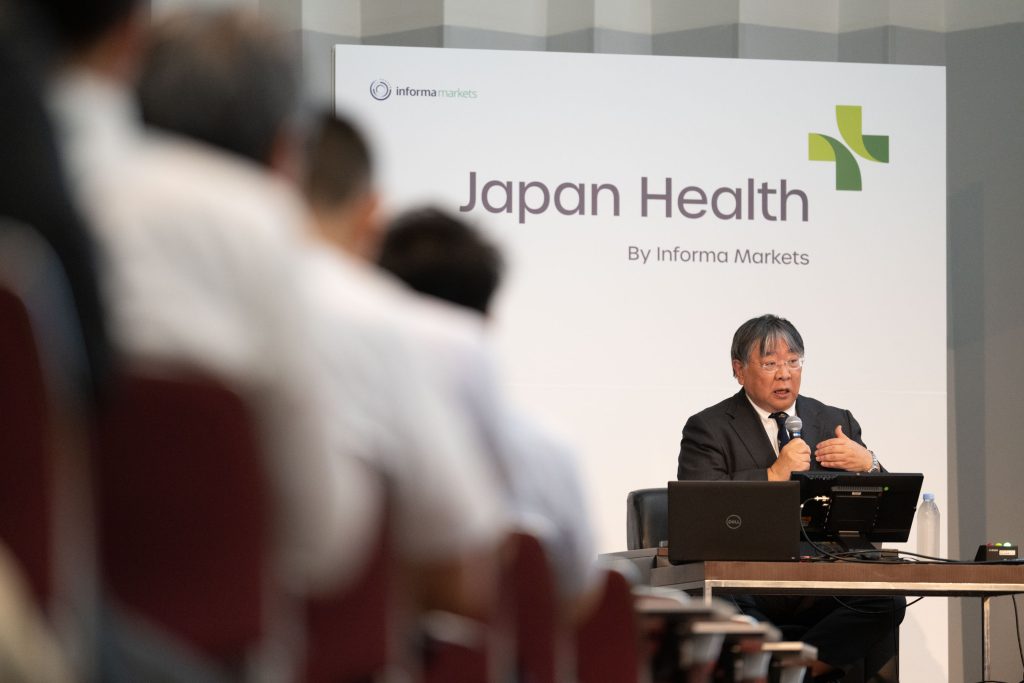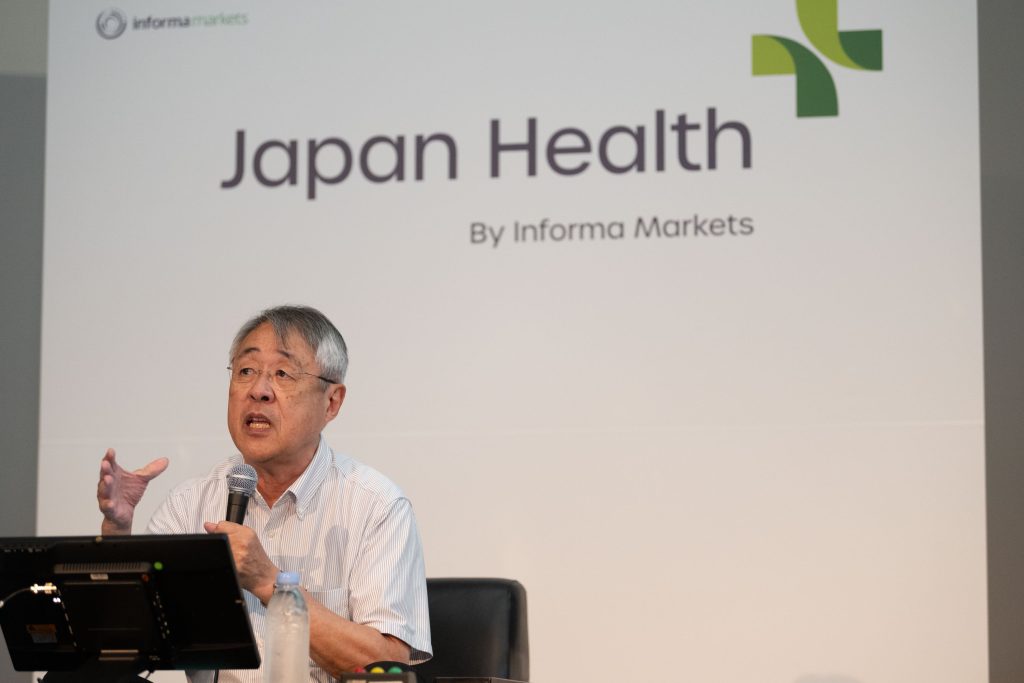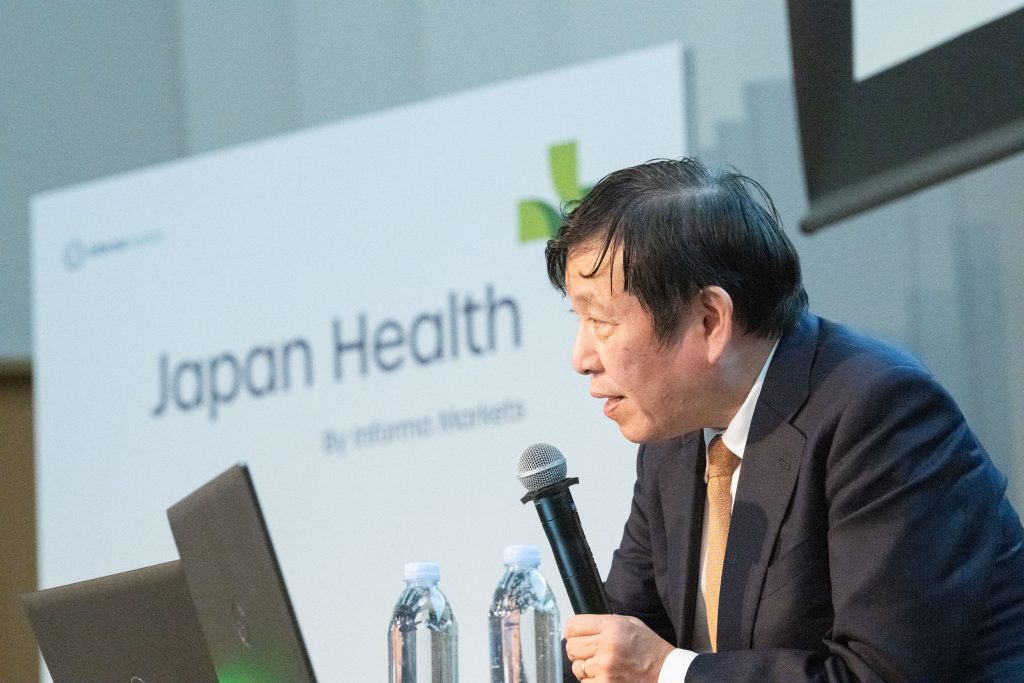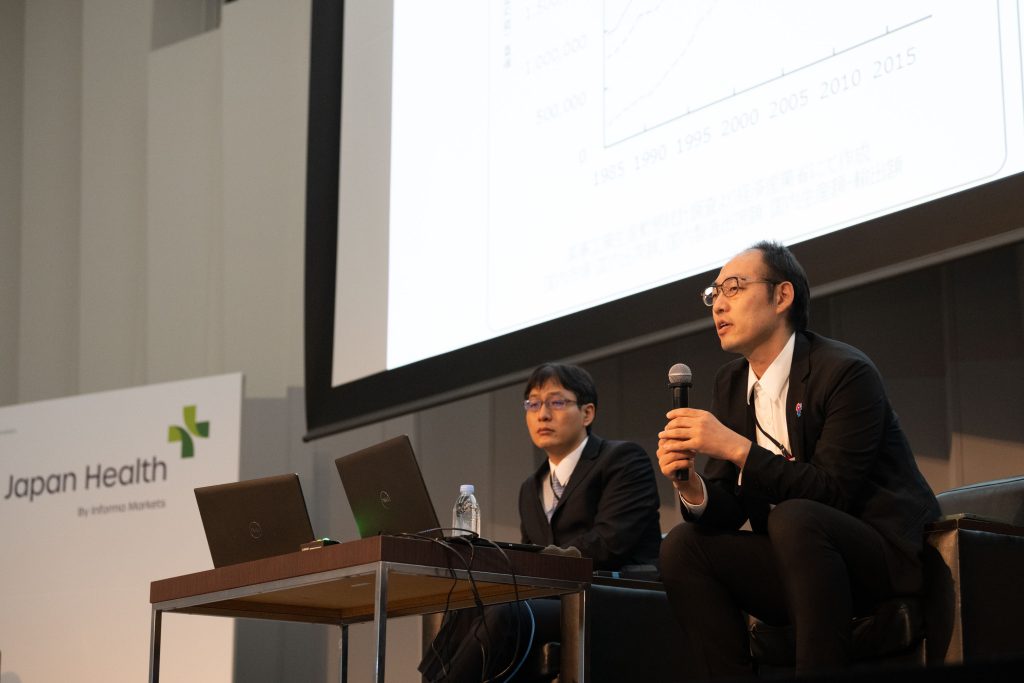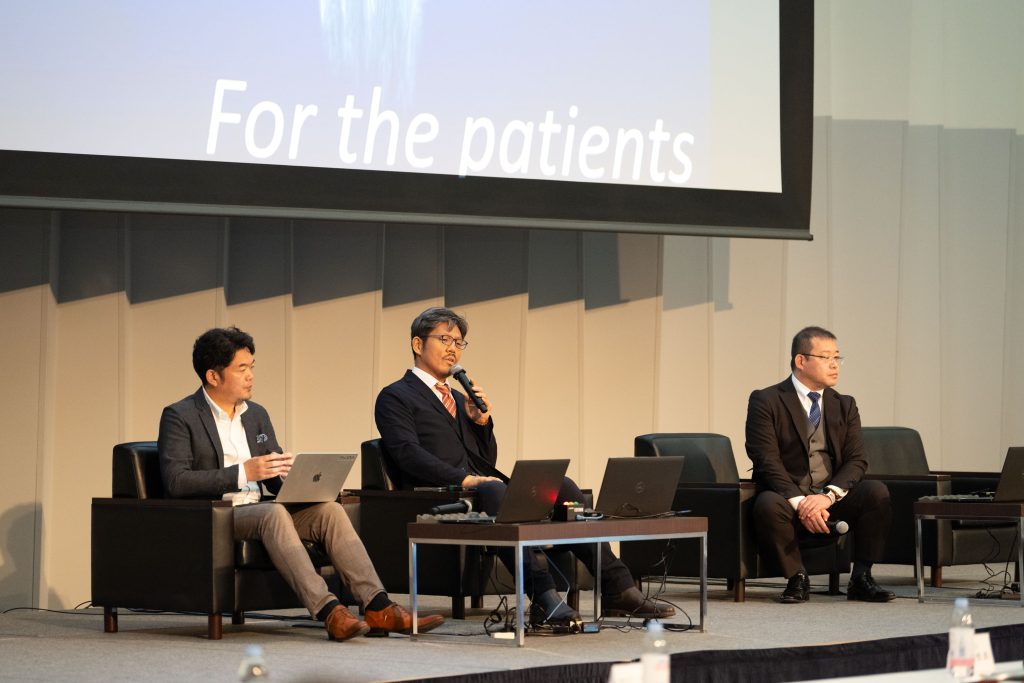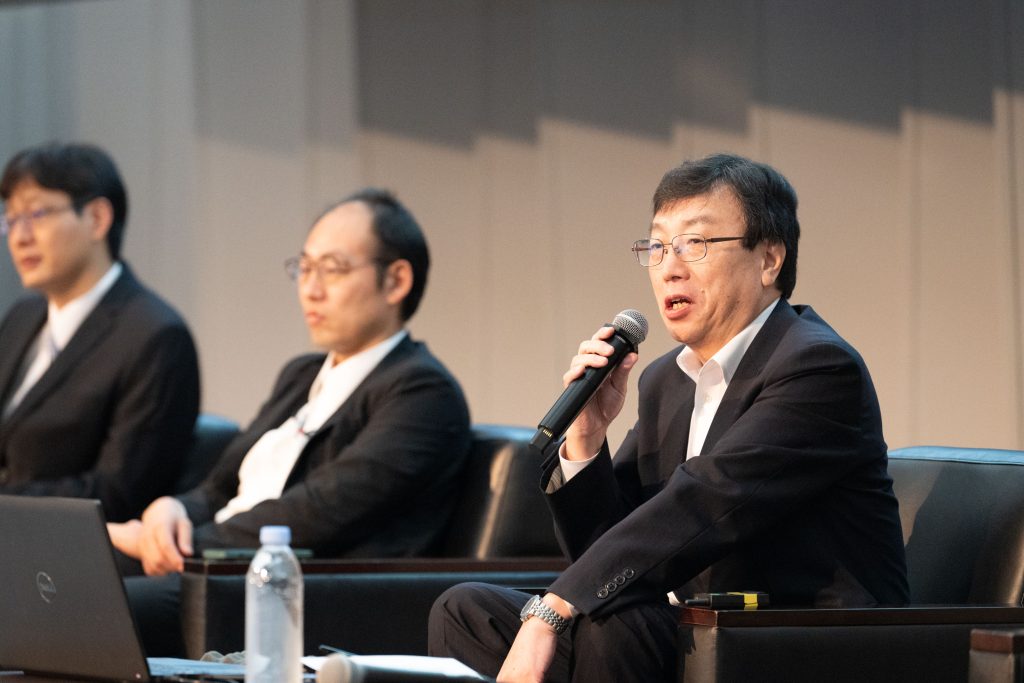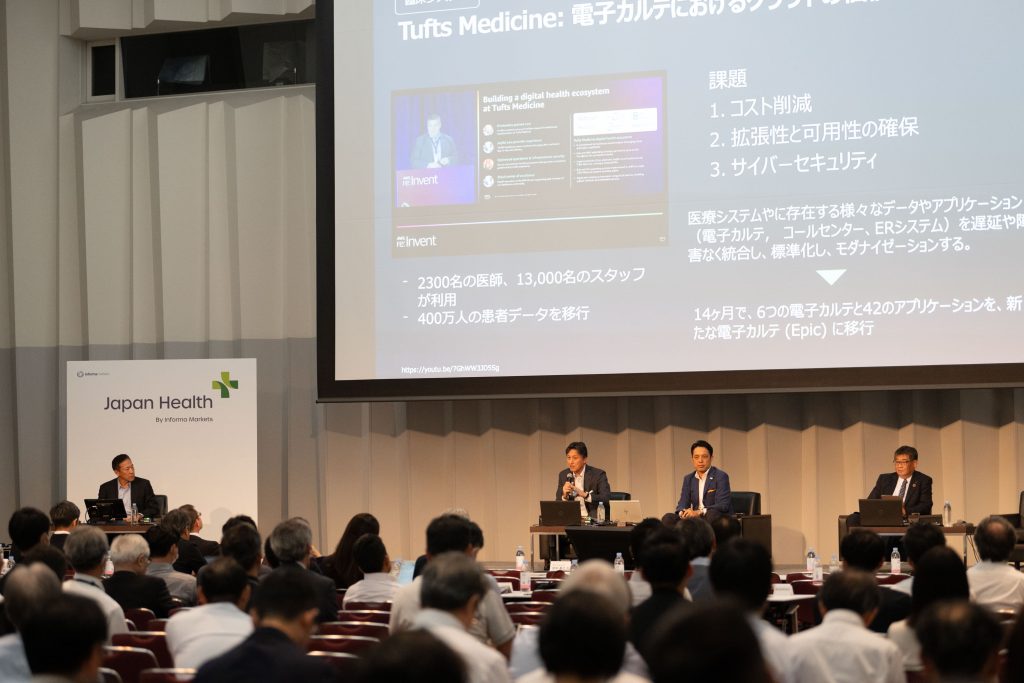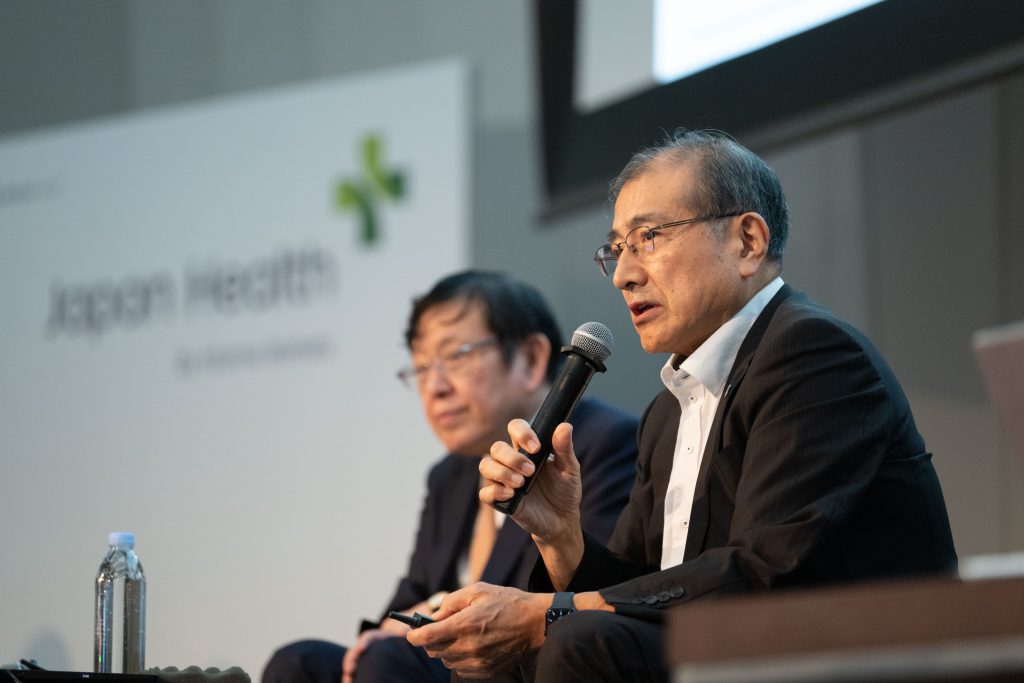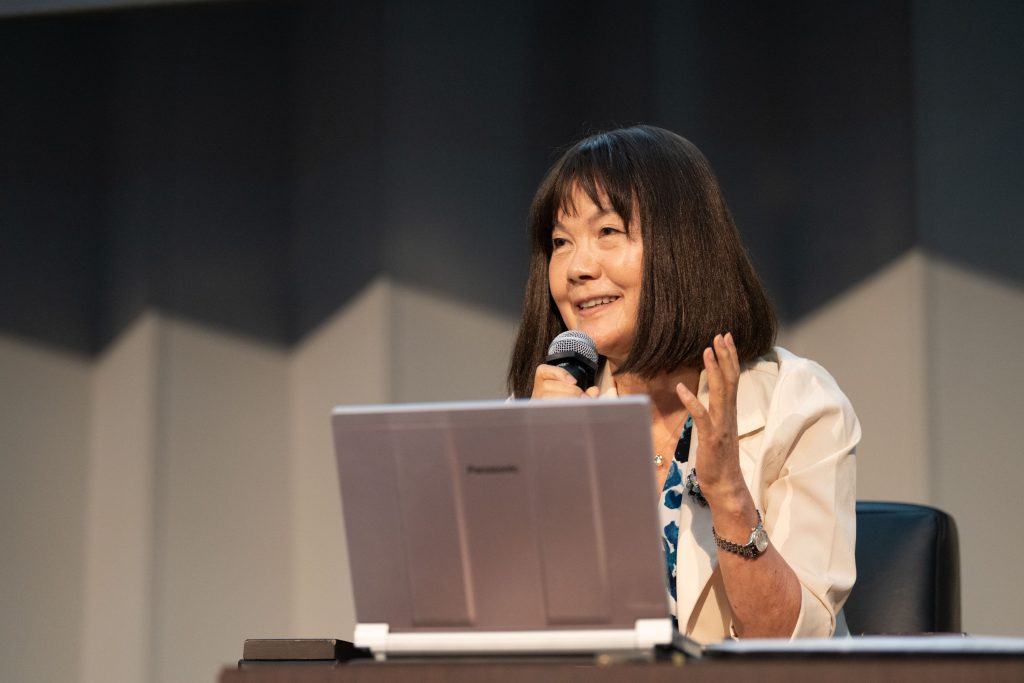Keita Awano
The Reality Behind the Development of a Surgical Assist Robot by Doctors and Engineers
Asahi Surgical Robotics Co., Ltd. is a medical-engineering collaboration venture originating from the National Cancer Center. In this initiative, doctors and engineers have worked closely together to develop Japan’s domestically produced surgical assist robot, ANSUR.
In this talk, we will share firsthand experiences of the medical device development process that began with the real needs of clinical settings, the unique struggles and challenges faced by startups, and the essence of innovation born from doctor-engineer collaboration.
We will discuss how we overcame a wide range of hurdles such as regulatory standards, pharmaceutical affairs, fundraising, and securing talent in the field of medical device development. Furthermore, we will explore how voices from medical professionals are translated into product innovation.
The presentation will also highlight our development structure that leverages the strengths of a “doctor × engineer” collaboration, the agility unique to startups, and the future outlook for the social implementation of Japan’s domestically developed surgical assist robot.
Nao Kobayashi
-Visualization of Surgical Intelligence-
As a surgeon, I have been developing surgical support AI since 2018 to address challenges in the operating room. In 2020, I founded Anout Inc.—derived from “A nautical mission”—to advance and implement surgical software in real-world settings. Surgery is one of the most complex medical acts, requiring years of training and constantly evolving with technology. Collaborating with over 30 medical institutions in Japan, we developed Precision Mapping—a technology that visualizes patient-specific anatomy in real time, making the surgical intelligence of experts shareable. In April 2024, our system EUREKA α received regulatory approval. It enhances the recognition of dissection planes by highlighting connective tissue fibers at the pixel level. Moving forward, we aim to expand the range of visualized structures and analytical capabilities, systematize Japan’s surgical expertise, and deliver greater safety and confidence to patients worldwide.




